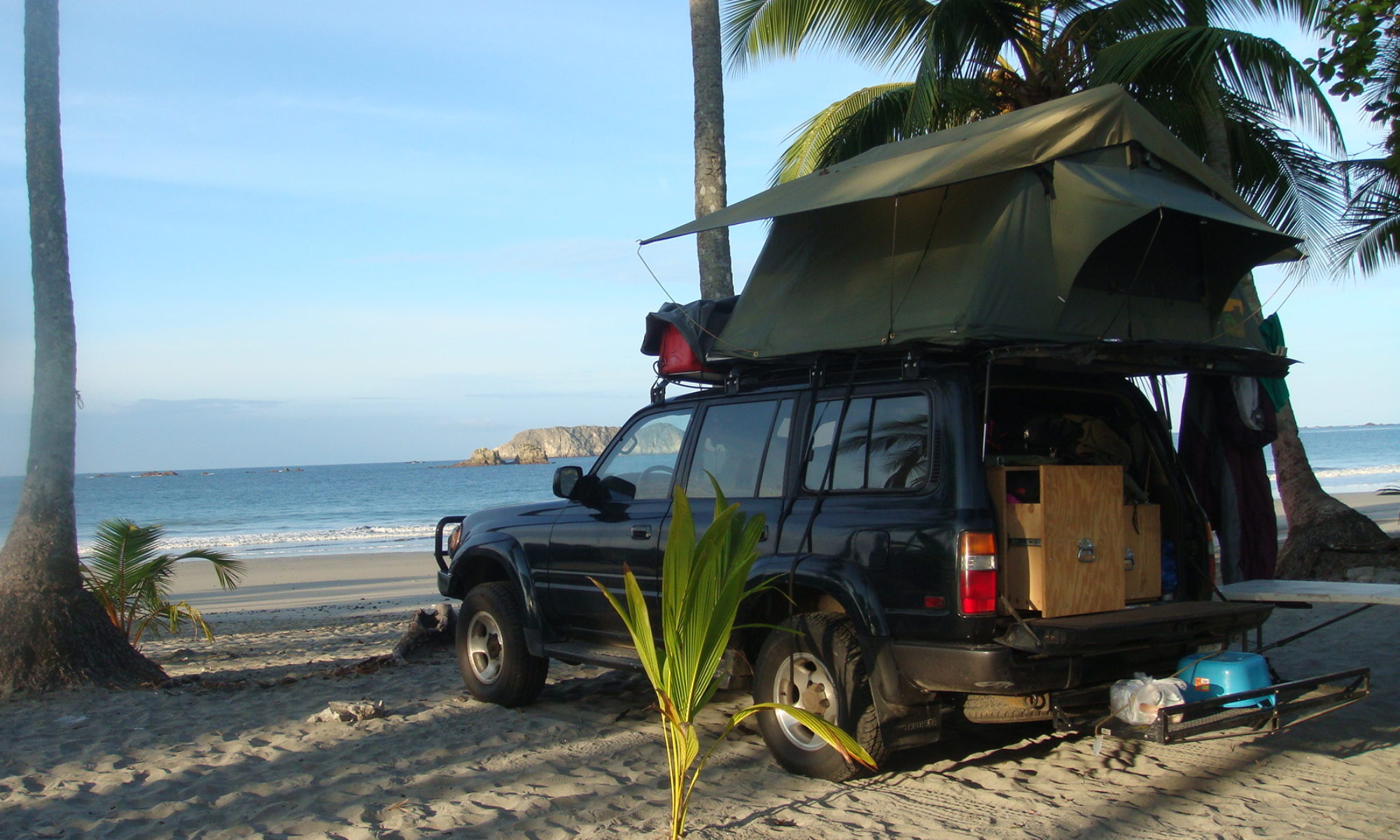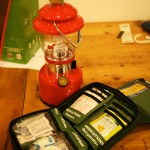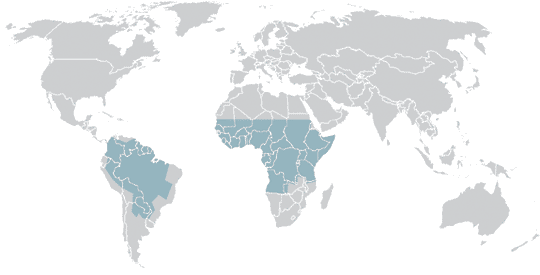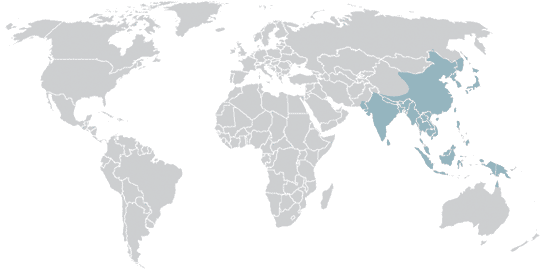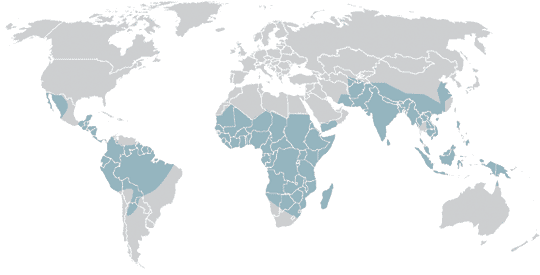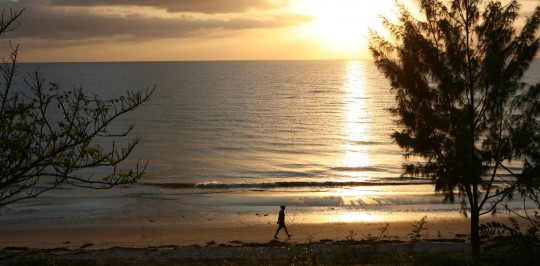
Not much to report about these long days going up Mozambique. The 1,600 miles (2,500 km) coastline takes a lot of time and endurance to go through. Basically, I have been following the coast along the main road, and every night, I get to the beach where there are campgrounds.
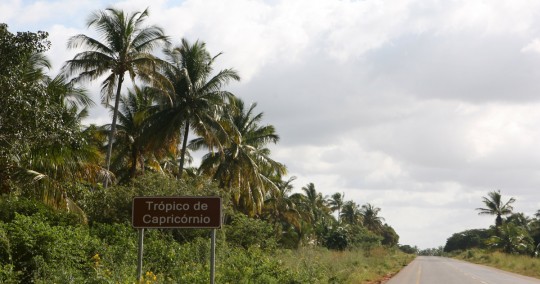
The landscape sometimes reminds me of Nicaragua, with its always present palm trees. The roads are getting harder the deeper in the country I enter. After stopping in Xai-Xai, I spend one night in Zavora, then two nights in Tofo. 280-miles later (450 km), I am in Inhassoro, after a difficult day.
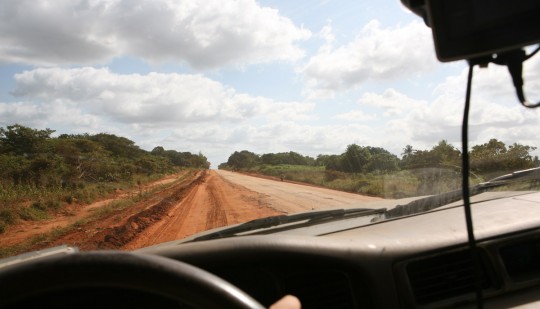
After a 100-km stretch of very bad road with huge potholes and seeing a lot of people on the side with diverse problems, I myself stop to check if the truck is still in one piece. Sure enough, I have a puncture on the front right tire.
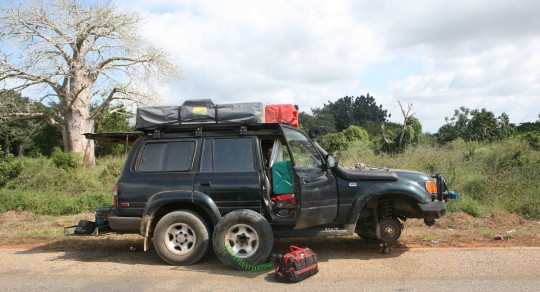
That would not be a big deal usually, and after plugging the hole, I am getting ready to continue my drive. But the badly shook car now has another problem. For some reason, the alarm system got damaged. With the siren blasting and the truck refusing to start, I have no choice but unplug the battery and un-mount the dashboard to hot-wire the truck. It takes me an hour and an half to find a fix to the problem, after which I am on my way.
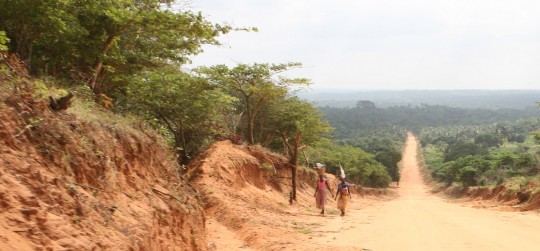
I make it to Inhassoro around 5 p.m. and un-mount again the dashboard to fix properly the system, which takes me two more hours. Exhausted, and after a shower I am lucky enough to find a very nice restaurant in the dilapidated resort where I camp
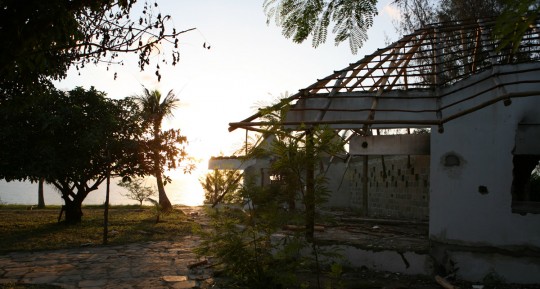
There, I am happy to have grilled fish and well-deserved Heinekens, listening to the sound of the waves crashing on the beach. It definitely gives you a good feeling when the day was full of problem and you were able to overcome them and put some miles behind.
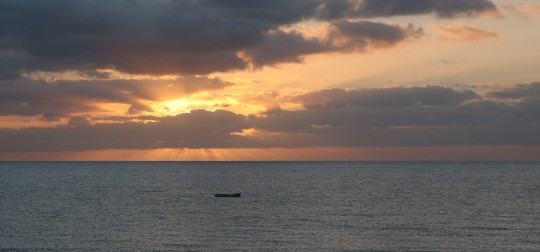
I wake up early the following day, knowing I have again a very long stretch to come. I get a full tank of gas in the beach town as by now it became extremely difficult to know what will be the next fuel stops.
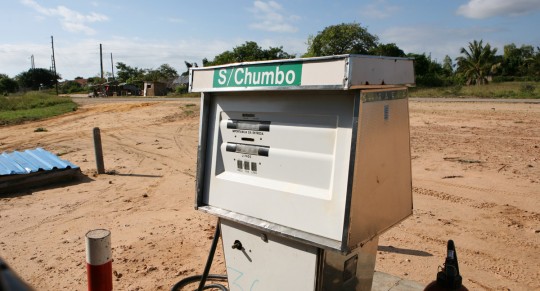
There are no other choices in stations than one type of petrol and diesel, and no one knows what the octane of the petrol. Station attendants operate pumps with generators, as electricity is not available, or can’t be depended on.
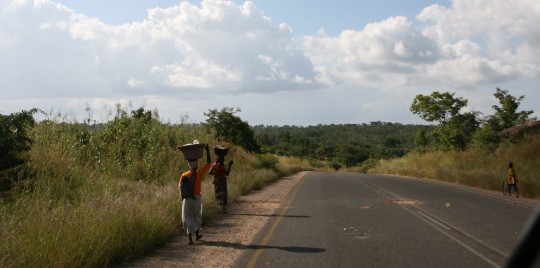
The same night, I reach the Gorongosa National Park. I was very curious about this stop. Before the war, it was known as one of the best parks in Africa. The wildlife was decimated in the fighting and it will take a while for the park to recover its former glory. I was looking forward to see a park that would be less touristy than Kruger, even if it meant fewer animals. Unfortunately, as I get there, I learn that there has been too much rain, and the government closed the roads of the park… Just my luck after such a long drive.
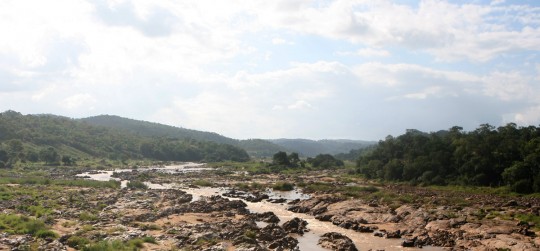
Rain already prevented me to visit the Machu Picchu, got in my way on the Bolivian salt pan, and now I can’t see my friends the monkeys because of it.
Regardless, I can use the campground there, so I am just happy to crash for the night. Today, I am still there, as I have to take care of such prosaic tasks as laundry. I am also recovering from a bad blister on the neck caused by the blazing sun, and some insect bites in a place that makes it hard for me to walk. The following days will be even harder, as I am just half done with the country, and still have the north part ahead of me, the harder one to cross. Up there, there will be long days of driving, and less accommodations and fuel stop to be found. I am afraid also of the internet availability, so don’t be worry if there are no postings for longer than usual. Wish me good luck.
